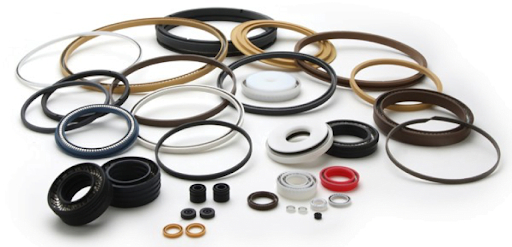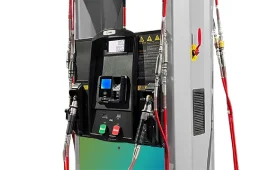A Teflon gasket is readily available on the market. They’re in your car, at work, and even in the air! Any seal or hole that links two items is referred to as a gasket. Gaskets can be made out of rubber, plastic, or other materials. The sort of substance you use is determined by the reason for the teflon gasket.
What is a Gasket
The surface’s gap is sealed with a gasket, often called an O-ring or washer. These products are often constructed of rubber and come in a range of sizes and forms, depending on their intended use.
A flat gasket is a regular type of gasket used by consumers. It has a circle-shaped cross-section. The diameter of cylindrical gaskets ranges from an inch to three inches. Cylindrical gaskets are usually round in shape. The tubular gasket resembles a long tube with varying sizes on both ends.
It’s crucial to note that, as we’ll see later, gaskets exist in a variety of shapes and sizes. We’ll go over the details of each of them in further depth in this piece. Let’s look at the distinction between a gasket and a seal for the time being.
How Do Gaskets Get Checked?
Gaskets are subjected to testing such as warm compression tests as part of the evaluation procedure. This test establishes the maximum temperature that the Teflon gasket can endure without producing damage or failure.
The sealant must then be checked for any leaks as well as any other issues such as cracks or pinholes. Technicians will examine the product as the final stage of the manufacturing process.
Gasket Vs. Seal
As the word “seal” can be used as both a noun and a verb, many people misunderstand gaskets with seals and use the two phrases interchangeably. They both have the same function, but there is a significant distinction.
The things in both circumstances act as a hurdle between two objects, preventing them from leaking. Nonetheless, the seal is designed to safeguard at least two moving pieces. Flat & round washers, similar to those found in faucets, are often used.
A gasket consists of two static seals. Two static, non-moving elements can be sealed together using these seals.
As a result, they’re frequently shaped to meet a single static application. Alternatively, they might be pliable enough to fit into a specific position and stay as long as they don’t collide.
Also, Look at the Many Types of Gaskets
Rubber Gaskets
One of the earliest types of sealing technology is the synthetic rubber gasket. Naturally derived or even synthetic materials are used to make them.
Silicone Gaskets
Silicones are long-lasting and resistant to acids, oils, alkalis, water, heat, solvents, and ozone. This makes them an excellent choice for food processing.
Since its debut into clinical practice, silicone rubber has found its way into several medical types of equipment.
EPDM Gaskets
Ethylene propylene diene monomers are another type of elastomer. EPDM is comparable to silicone, but it also contains fillers, plasticizers, stabilizers, antioxidants, flame retardants, and other additives. These additives account for around 10% of the polymer’s overall weight.
Make sure you are selecting the Teflon gasket with the right material to suit your needs!





